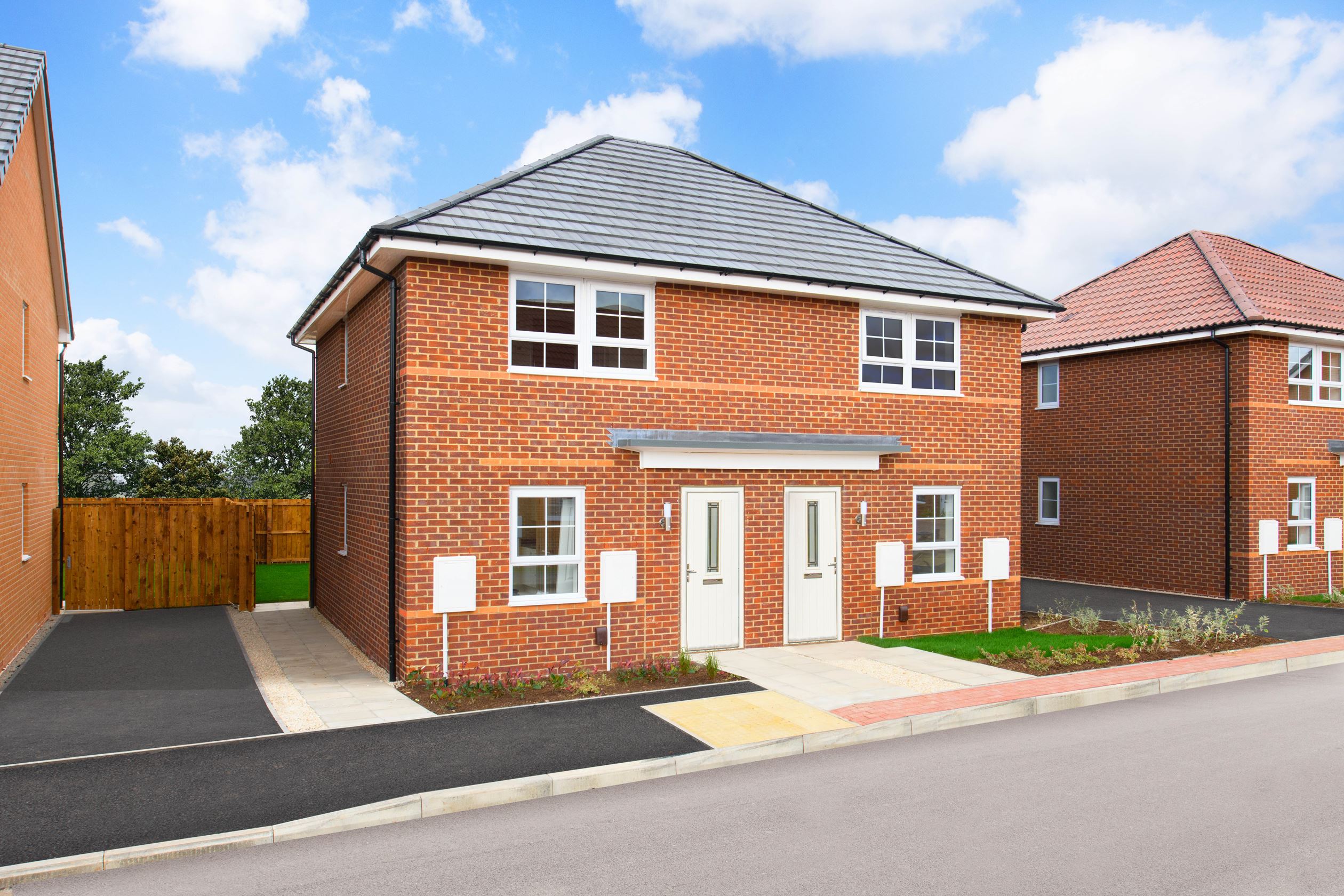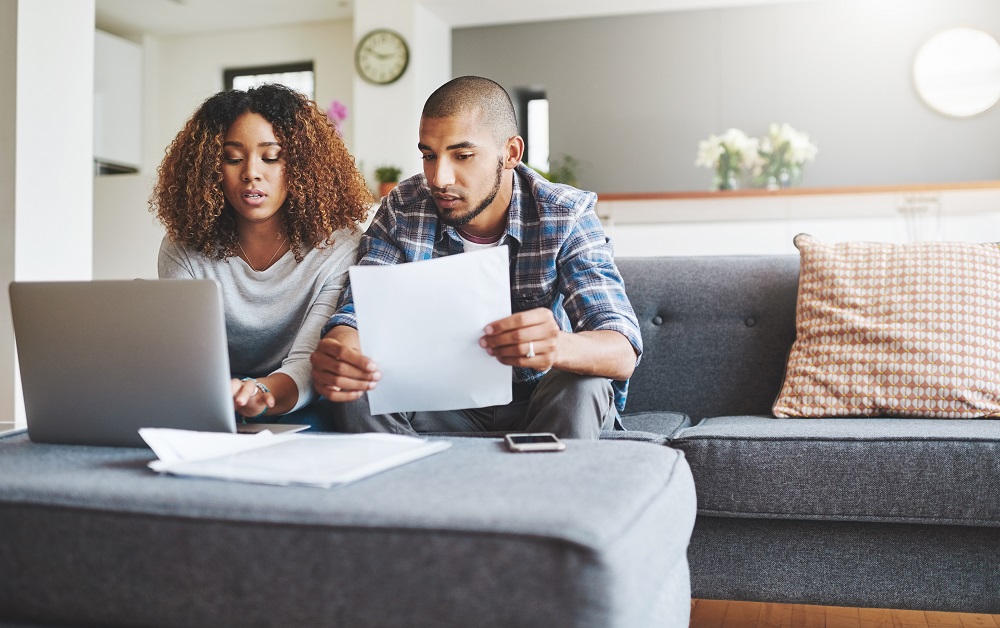Whether you’re a first-time buyer or an existing homeowner, buying a new home is an exciting milestone that deserves to be celebrated. Our handy guide covers everything you need to know about the homebuying process, from applying for a mortgage to exchanging contracts.
Skip to…
The homebuying process
Find the most important steps of the homebuying process below for a smooth, hassle-free purchase.
1. Know what you can afford
The homebuying process starts with understanding how much you can afford. Before you start house-hunting, consider the type of property you’d like to buy and your ideal location. This will give you an idea of your budget and help you determine how much you need to save for a deposit.
2. Save for a deposit
Saving for a deposit is vital when buying a home. Larger deposits can:
• Help you secure a lower interest rate, meaning lower monthly repayments
•
Help you cover other costs of buying a house, including
Stamp Duty, survey and legal fees
• Give you a good starting point to furnish your new home
3. Get an Agreement in Principle
An Agreement in Principle (AIP), also known as a Mortgage in Principle (MIP) or a Decision in Principle (DIP), indicates how much you can borrow from a lender. It typically involves a credit check to understand your financial circumstances.
You can get one online or at the lender’s branch. Either way, you should receive the results within 24 hours. An AIP doesn’t guarantee that your mortgage application will be accepted, but it increases the chances. It also shows lenders that you’re serious about buying a home. AIPs are typically valid for 90 days.
4. Make an offer
Once you’ve found the right property, the next step of the homebuying process is making an offer. This is usually done through an estate agent. Some things to consider when weighing up the offer include:
• Don’t propose more than you can afford – remember to factor in the extra costs on top of your mortgage and offer an amount you’re comfortable with.
• Get fixtures and fittings in writing – ask the seller to include everything they’re leaving behind, from light fittings to built-in wardrobes.
5. Apply for a mortgage
Offer accepted? Congratulations! Now, it’s time to apply for a mortgage. There are various
mortgage types, from fixed and variable-rate to offset and tracker mortgages, so finding the right one can be daunting.
You can seek advice from a lender or mortgage broker. They have extensive knowledge of the property market and can recommend the best options for your circumstances. If you’re unsure about
using a broker, our comprehensive guide can help.
The mortgage application process can take a few weeks, as it involves checking your credit record and valuing your property.
6. Start the legal work
Solicitors and licensed conveyancers play an important part in the homebuying process. They take care of the legal side of the purchase, from handling contracts to transferring property ownership.
They also:
• Check the property’s legal title
• Manage the exchange of contracts and completion
• Collect and transfer money
• Conduct property searches, including local authority, environmental and drainage
Our step-by-step guide to the
conveyancing process explores the ins and outs of working with a solicitor.
7. Arrange a house survey
The lender will conduct a valuation survey – an assessment of the property to estimate its value. You may want to arrange a house survey with an expert surveyor to ensure the house doesn’t have significant structural issues.
There are three types of house surveys:
• Condition Survey (Level 1) – a general overview of the property’s conditions
• Homebuyer Survey (Level 2) – a more in-depth survey of the property’s inside and outside state
• Building Survey (Level 3) – the most comprehensive type
If the survey identifies major faults, you could renegotiate the selling price to account for the extra costs.
Learn more about arranging a house survey in our guide.
8. Exchange contracts
Once the survey is complete and you’re happy with the results, you can finalise your mortgage. This is the most important part of the homebuying process, as it can bind you to the purchase. You typically have seven days to think it over before accepting.
If you’re ready to proceed, you should receive the contract to sign from your solicitor. Read it carefully to ensure that all details are correct. Once you’ve exchanged contracts, you’ll need buildings insurance. This protects you against the costs of repairing and rebuilding your home in case of damage.
Explore the different types of
home insurance in our guide to find the right one.
9. Complete and move in
Completion day marks the end of the homebuying process. It usually occurs two weeks after exchanging contracts, but this may vary. Completion is when you receive the keys to your new home and can finally start making it yours!
Read more about
completion day in our comprehensive guide. Unsure what to pack? Explore our top tips and
checklist for a stress-free move.
Contact our Sales Advisers today to get started.



